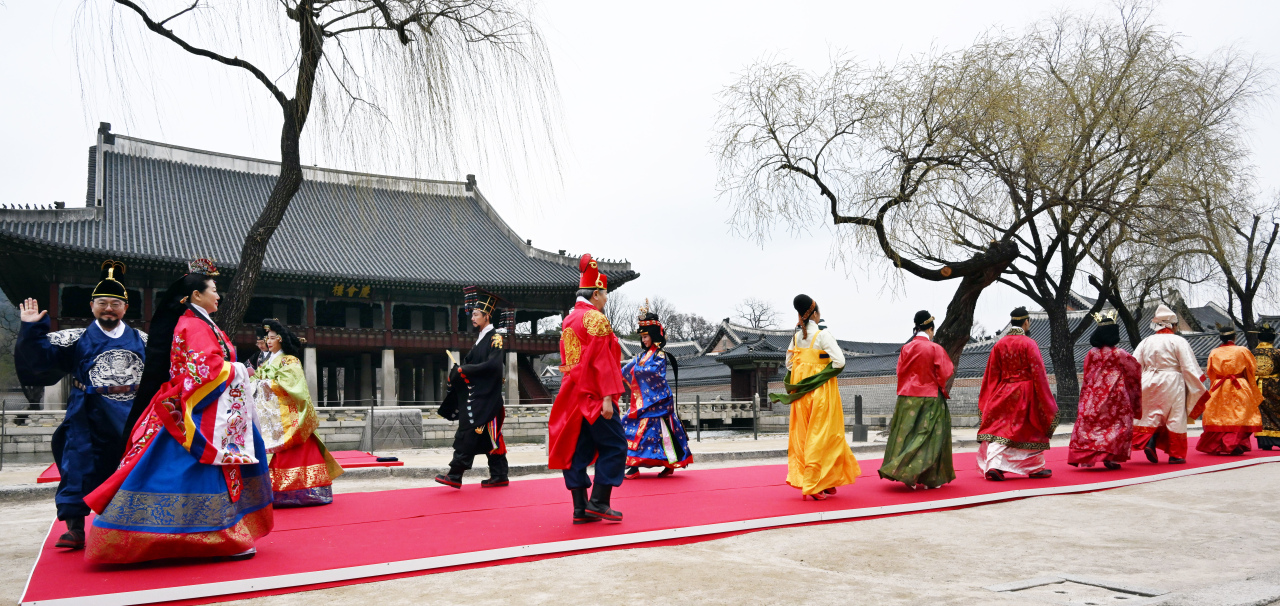
Photos by Park Hyun-koo
Hanbok is Korea’s traditional costume and has been a part of the country’s culture for over 5,000 years. It has been praised for the beauty of its colorful and unique design. Traditional costumes worn by royal families were even more elegant.
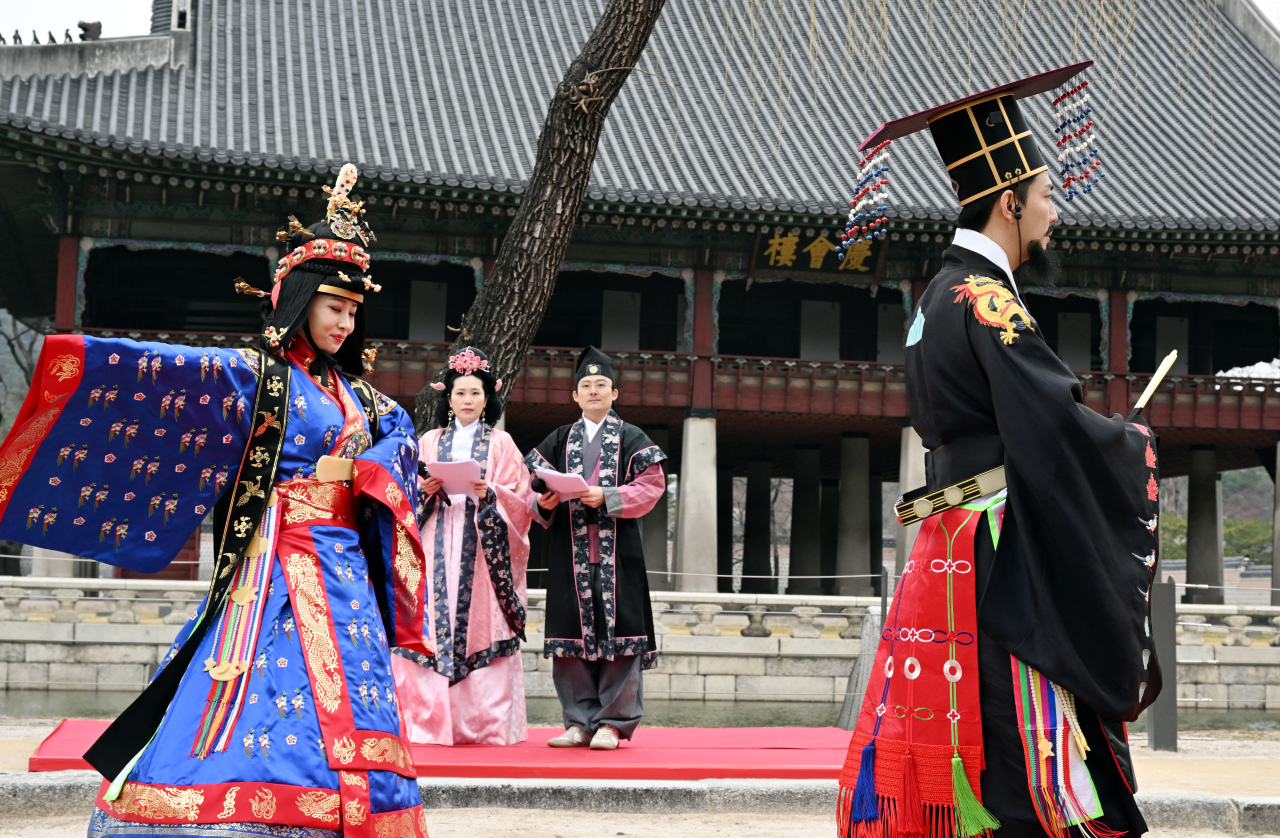
Photos by Park Hyun-koo
Models wearing royal hanbok from different periods in Korean history appeared at “The Hanbok” held Wednesday in front of Gyeonghoeru located in Gyeongbokgung, central Seoul.
While the event was held to promote Korea’s traditional costume, the models wore hanbok worn by royals to show the evolution of the Korean costume, from the Gojoseon period (2333-108 BC) to the late-Joseon era (1392-1910).
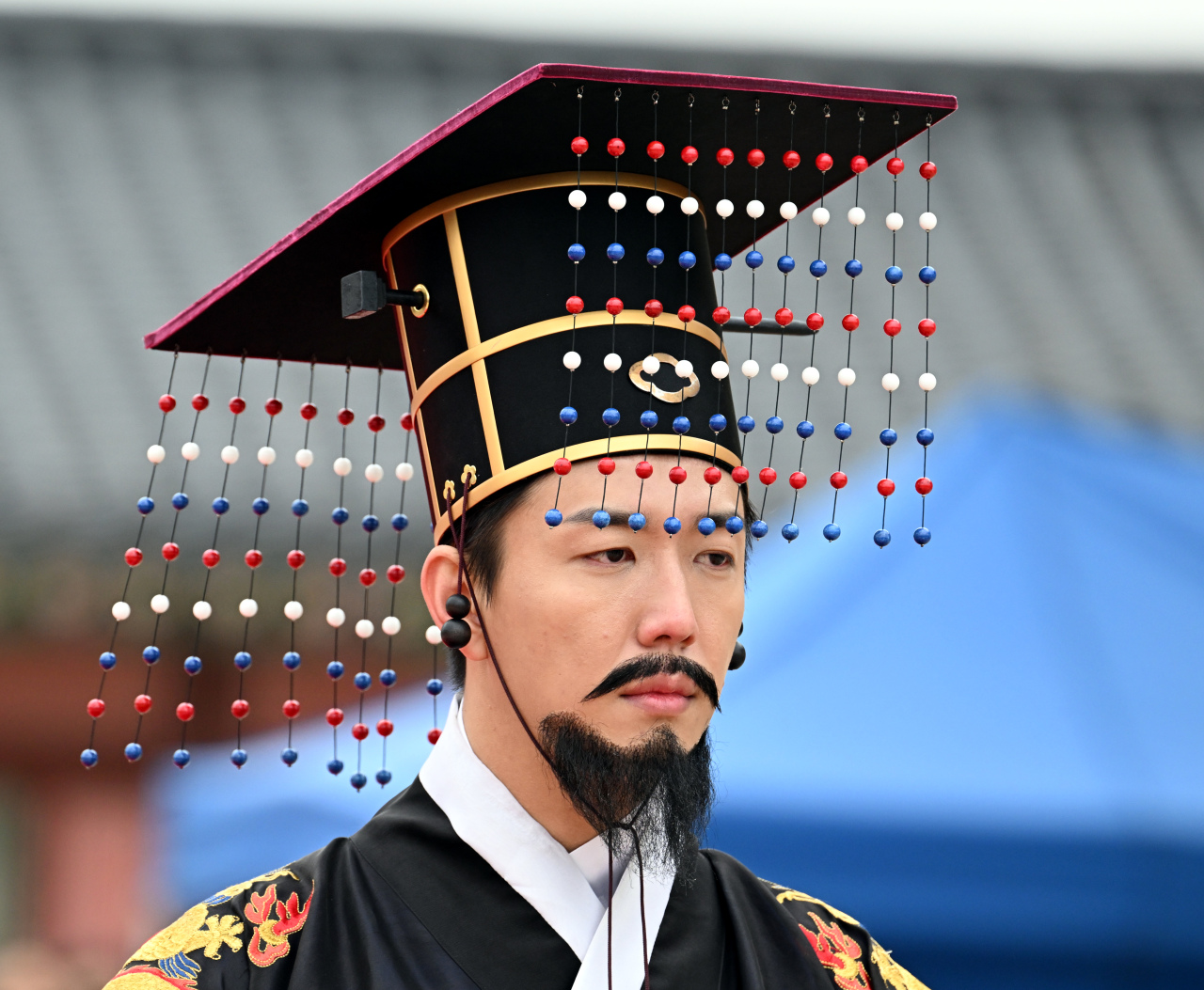
Photos by Park Hyun-koo
Since royal hanbok in the Gojoseon period was made of kudzu and hemp cloth, the colors were mostly plain. Colors and embroidery were gradually added to the costume as weaving skills and dyeing techniques developed.
Korea and Qatar engaged in cultural exchange at the event by sweeping down the runway together in the two countries’ traditional costumes. The event was held as a “Friendship Fashion Show.”
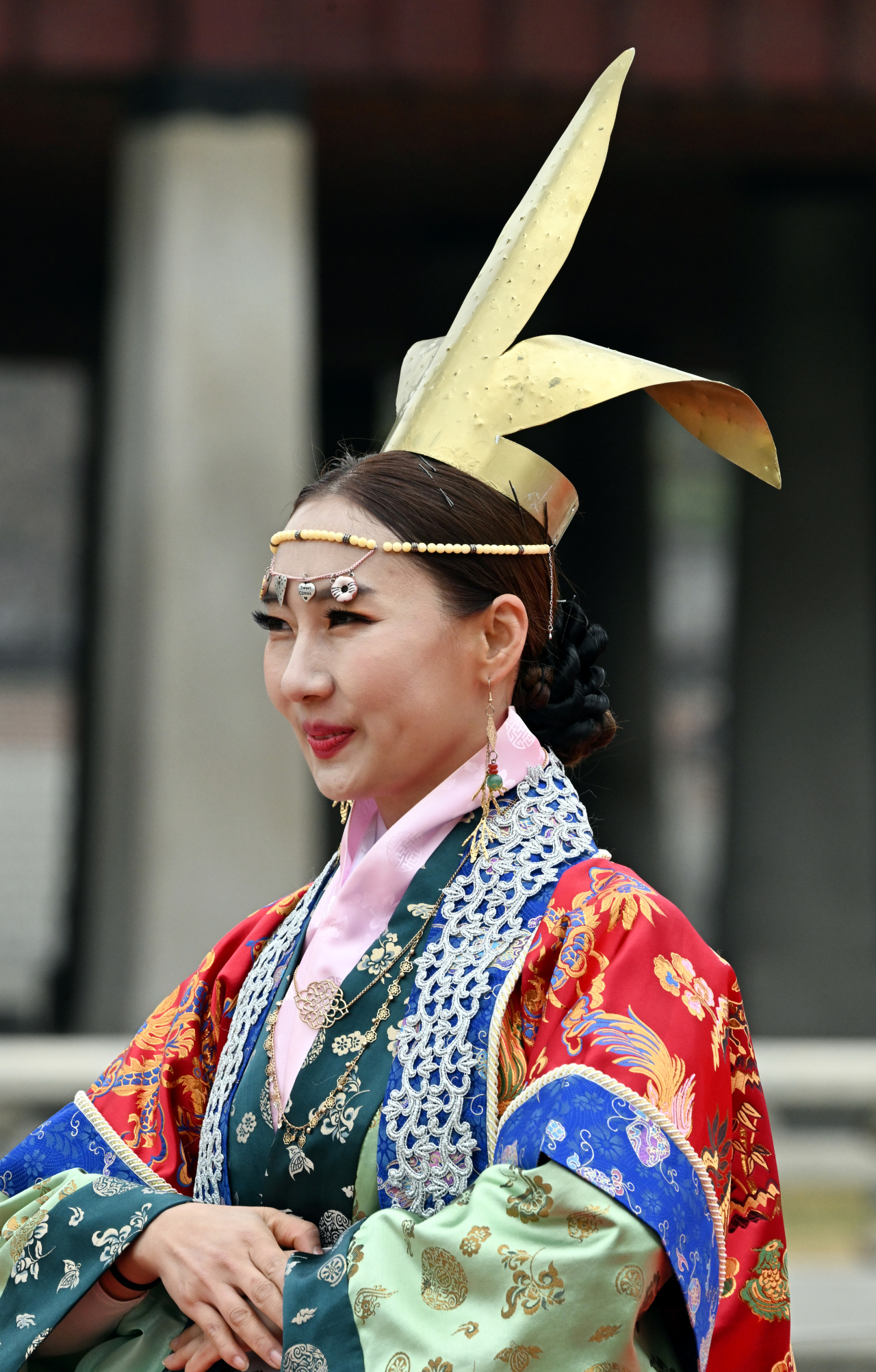
Photos by Park Hyun-koo
Traditional Qatari costumes for men include thobe, ghutra and iqal, which are fashion items considered valuable cultural heritage. A thobe is a loose-fitting cloak with sleeves and buttons up to the neck. The models wore ghutra, a scarf, on their heads, which was kept in place on their heads with a black cord called iqal.
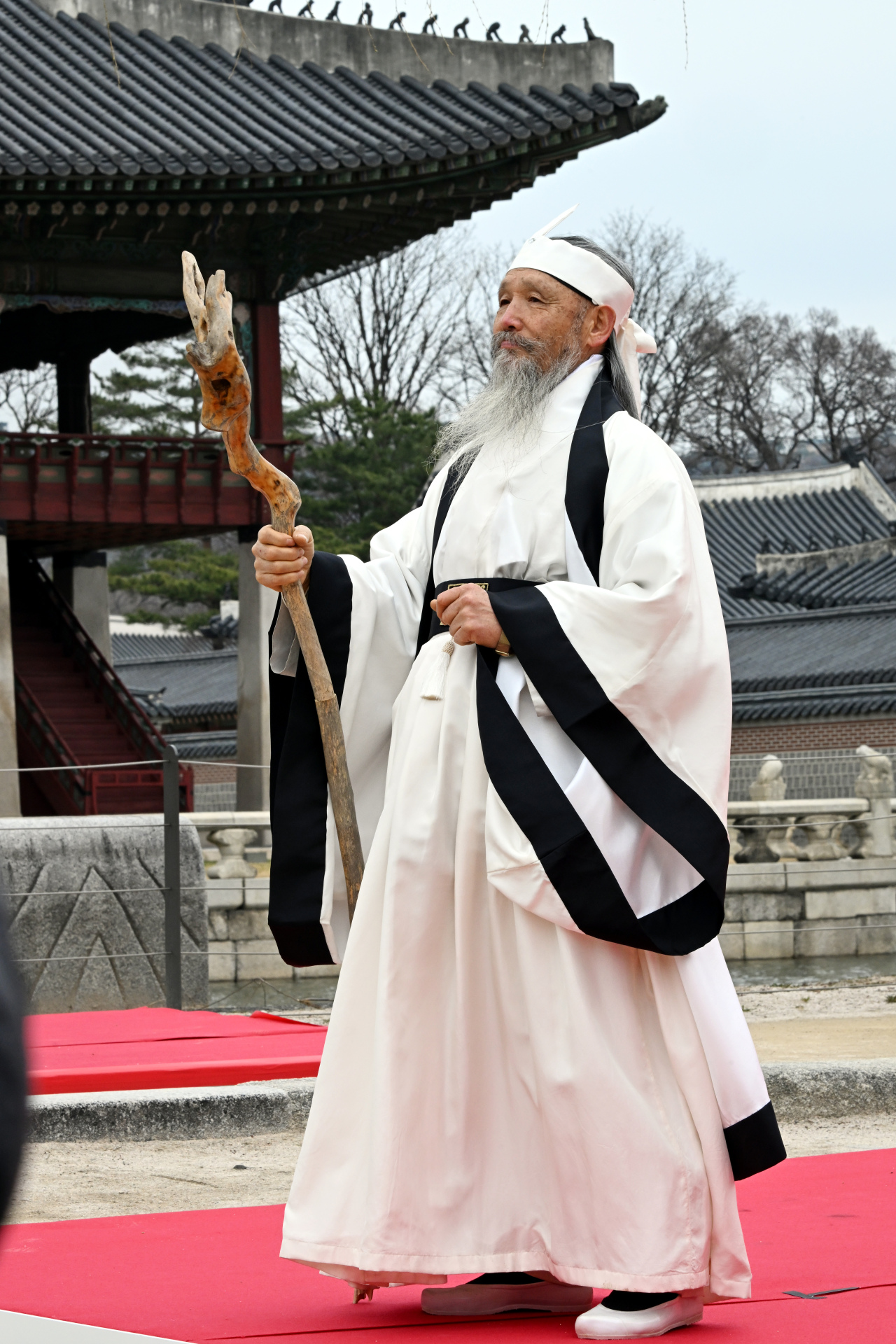
Photos by Park Hyun-koo
Qatari women’s traditional costumes include abaya, or a long-sleeved, floor-length garment; hijab, or a head covering; and a dress called thobe nashel. The preferred colors are dark red and violet, with embroideries added to highlight the beauty of the costumes.
Photos by Park Hyun-koo
Written by Jie Ye-eun










![[Graphic News] More Koreans say they plan long-distance trips this year](http://res.heraldm.com/phpwas/restmb_idxmake.php?idx=645&simg=/content/image/2024/04/17/20240417050828_0.gif&u=)